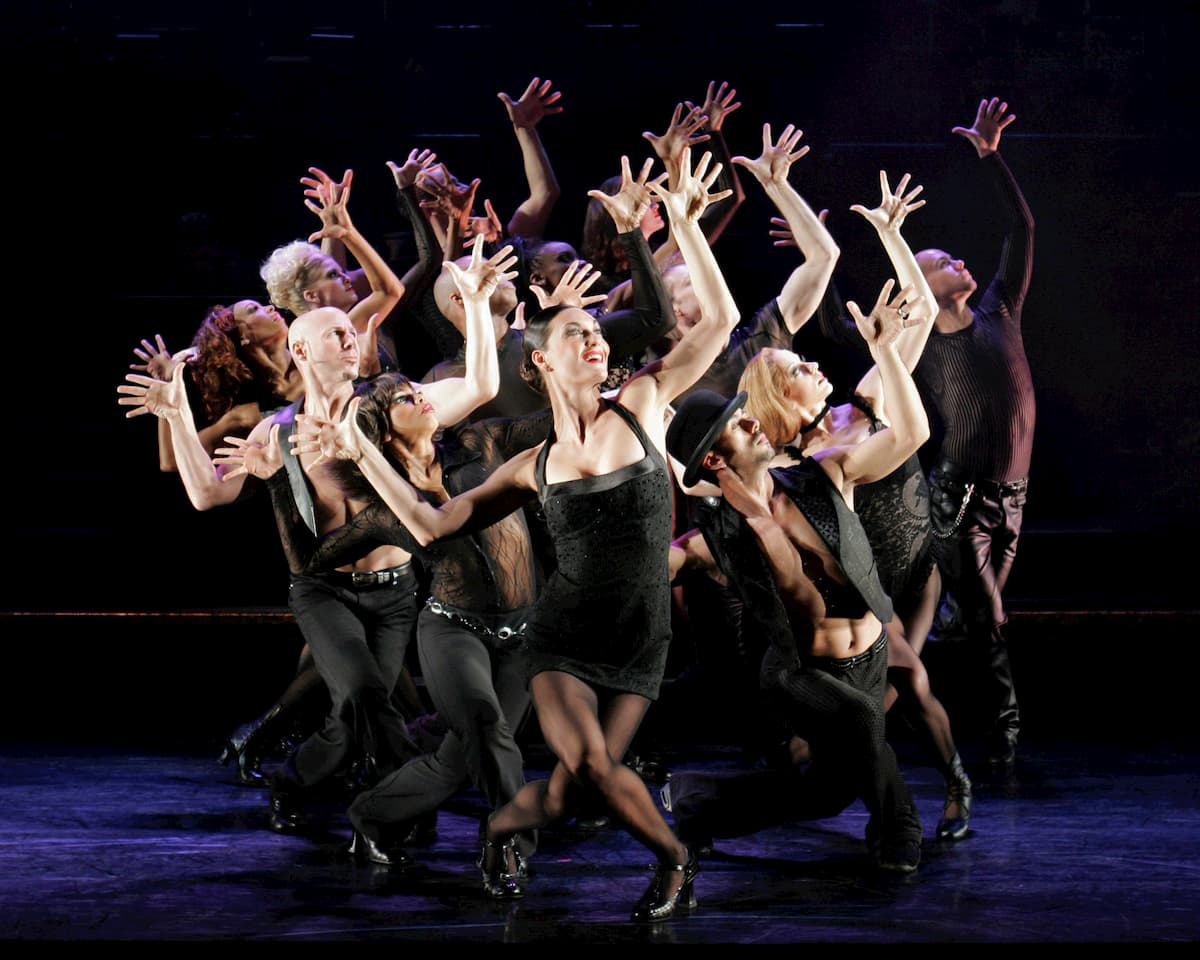Introduction
Welcome to our comprehensive blog on the Origins of Jazz Dance. In this article, we will delve into the rich history and influences that have shaped this unique form of dance. Get ready to embark on a rhythmic journey through time as we explore the cultural roots, music, and evolution of jazz dance.
The Evolution of African Dance
Firstly, to understand the origins of jazz dance, we must look back to its African roots. African dance forms, characterized by their vibrant rhythms and expressive movements, laid the foundation for what would later become jazz dance. These dances were deeply rooted in African traditions, storytelling, and community celebrations.
Influence of European Dance Styles
Next, we explore the influence of European dance styles on the development of jazz dance. During the era of slavery, African dances merged with European social dances, creating a unique blend of movement and expression. This fusion gave birth to new dance forms that would later evolve into jazz dance.
The Birth of Jazz Music
As we transition into the birth of jazz music, it is important to note the inseparable connection between jazz music and dance. Jazz music, with its improvisational nature and syncopated rhythms, provided the perfect backdrop for the development of jazz dance. The syncopation and swinging rhythms became the driving force behind the energetic and dynamic movements of jazz dancers.
The Connection between Jazz Music and Dance
Furthermore, the connection between jazz music and dance grew stronger over time. Jazz musicians and dancers collaborated closely, feeding off each other's energy and creativity. The improvisational nature of jazz music allowed dancers to express themselves freely, creating a unique and spontaneous dance style that continues to evolve to this day.
The Harlem Renaissance and Jazz Dance
During the vibrant cultural movement of the Harlem Renaissance, jazz dance experienced a significant surge in popularity. The Harlem neighborhood of New York City became a hub for African American artists, musicians, and dancers, who embraced jazz as a form of artistic expression. This era witnessed the emergence of iconic jazz dance styles and legendary performers who paved the way for future generations.
Jazz Dance Pioneers
Speaking of legendary performers, we cannot overlook the contributions of jazz dance pioneers. Individuals such as Katherine Dunham, Jack Cole, and Bob Fosse revolutionized jazz dance with their innovative techniques, unique choreography, and captivating performances. Their influence can still be seen in contemporary jazz dance styles.
Jazz Dance in Popular Culture
Over the years, jazz dance has permeated popular culture, making its way into movies, music videos, and stage performances. From the iconic jazz hands to the infectious rhythms, jazz dance continues to captivate audiences worldwide. Its versatility and adaptability have made it a timeless and beloved dance form.
Contemporary Jazz Dance Styles
As we approach the present day, jazz dance has evolved and diversified into various contemporary styles. From Broadway jazz to lyrical jazz and even fusion with other dance forms, jazz dance continues to push boundaries and explore new horizons. Contemporary jazz dancers embrace creativity, athleticism, and musicality, while honoring the rich traditions of this art form.
Conclusion
In conclusion, the Origins of Jazz Dance are deeply rooted in African traditions, influenced by European dance styles, and intricately connected to jazz music. From its humble beginnings to its widespread popularity, jazz dance has transcended time and continues to evolve in our modern world. So next time you witness the mesmerizing movements and infectious rhythms of jazz dance, remember the rich history and diverse cultural influences that have shaped this captivating art form.Thank you for joining us on this journey through the Origins of Jazz Dance. We hope you have gained a deeper appreciation for this vibrant and ever-evolving dance style.

